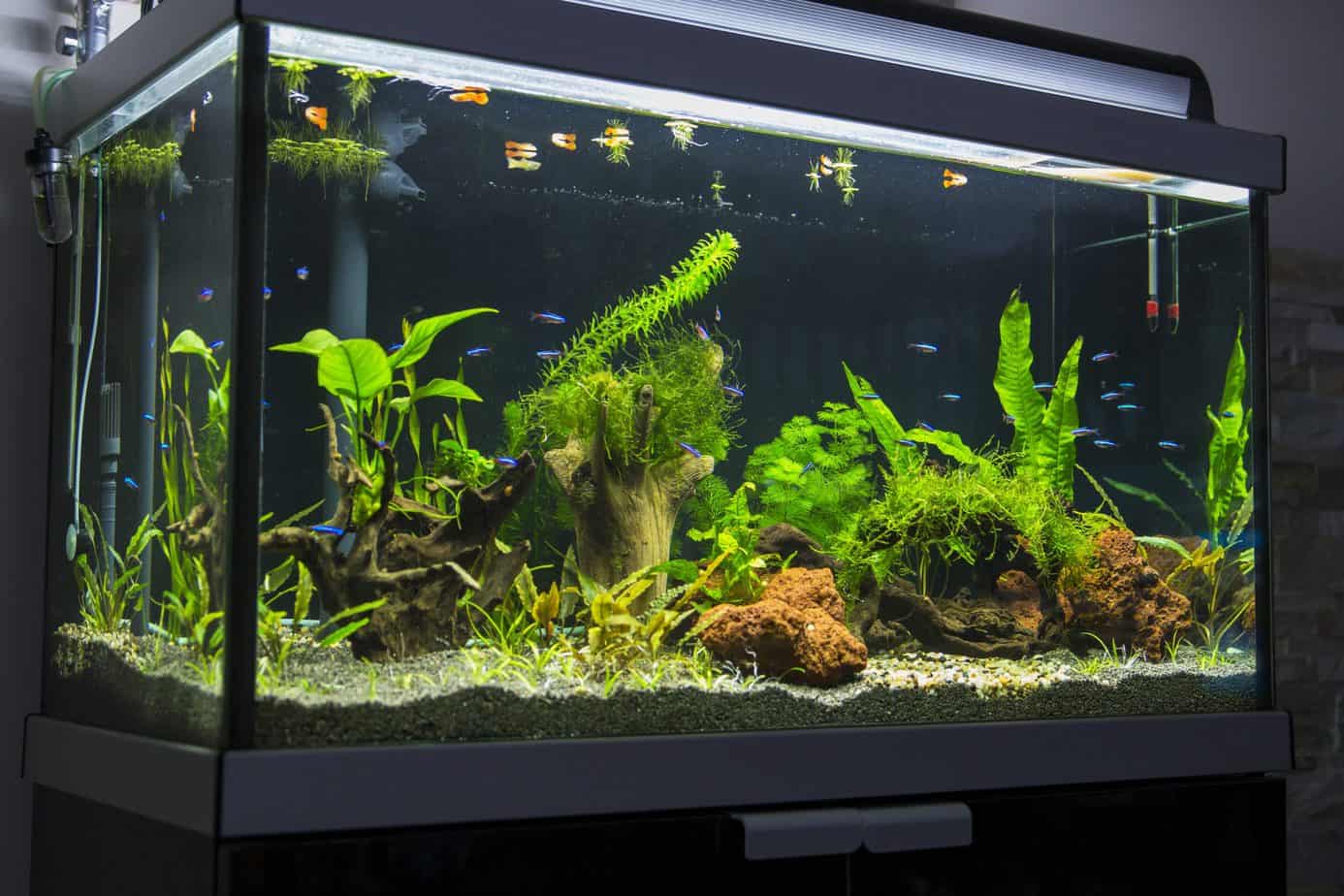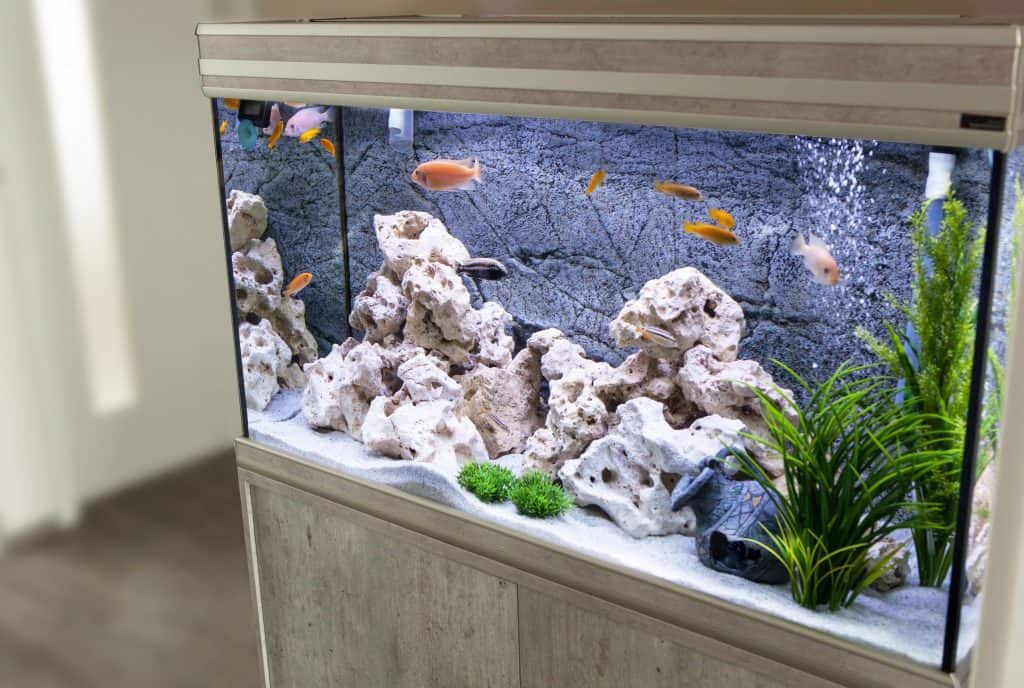
Sponsored article
Too often new aquarium owners have a bad experience with their first aquarium and give up before beginning their adventure. Considering basic factors and planning will help prospective aquarium owners avoid common pitfalls. Even for the experienced aquarium owner, planning is a good idea.
Two of the most important and basic things to consider when starting a new aquarium are cost and size. In both cases, people tend to overlook what is needed and may buy something that will cause numerous, unnecessary problems later.
Potential aquarium owners often see a promotional price and assume they can get started for just a few tens of dollars. Do not be fooled into believing that you will start your hobby for fifty zloty or less. Realistically and relatively professionally getting started with decent equipment will cost from 250 PLN upwards. If this investment is too much for your budget, it is wise to save until funds are available to buy everything you need. A good way to start is to make a checklist of what you will need in general.
Expenses include the aquarium, cover, light, heater, filter, gravel, decorations, water treatment, and cleaning supplies. All of this is in addition to the fish, and their food. Make a thorough checklist and go to an online store or pet store and write down the cost of all the products you are interested in. Sit down and figure out what the final cost is before you make a decision. You may be surprised when you see the actual total amount.
If your budget is very tight, another option is to ask for help. Take a checklist of what you need and let your friends and family know that you want the items on this list for your birthday, graduation, or as a holiday gift. That way, you can get started without having to choose inferior equipment, and your family can provide you with something you want (we know full well how hard it is to choose a gift). Maybe they will surprise you and gift you the items without waiting for a special occasion.
Another option is to look for used equipment. Keep in mind that used tanks may leak, and heaters or filters may not work at all and are difficult to test before buying. So ask questions up front and don’t pay more than 50 percent of the original price for anything. Don’t be afraid of dirty glass or decorations, as they can be cleaned fairly easily. Scratches and cracks can’t be repaired, however, so be sure to thoroughly inspect your used equipment for damage.

Avoid tanks under 40 liters if you are a first-time aquarium owner. Small aquariums are much more difficult to manage than larger ones because toxins can build up very quickly in a small volume of water. Changes in temperature and water composition can also occur very quickly when it is only a few dozen liters. Start with a specific type of tank, and this is specifically about freshwater aquariums.
Avoid those cute mini-aquariums that are between 5 and 20 liters. Although some package deals on small aquariums may seem inexpensive, they are not good for the novice owner. If possible, choose a 75-liter or larger tank.
Keep in mind that an aquarium larger than 50 liters weighs nearly 100 pounds when filled and should be placed on a stand, not a shelf or desk. You will also need a place to put the aquarium that is not in direct sunlight or exposed to drafts or extreme temperatures that can harm the fish.
The place must also be capable of being wet from time to time. Performing maintenance, adding or taking fish and other items out of the tank will cause water to splash around it. so keep this in mind if you are thinking of keeping it on a desk or over a bookshelf or other items that can be damaged.
Finally, be realistic about the size and number of fish you want to keep. Even if you choose a larger tank, start with a few small, easy to care for fish. As you gain experience, you can add more challenging specimens. In short, when you’re starting out, think big tank size and small number of fish
Photo by Mircea Costina/Adobe Stock